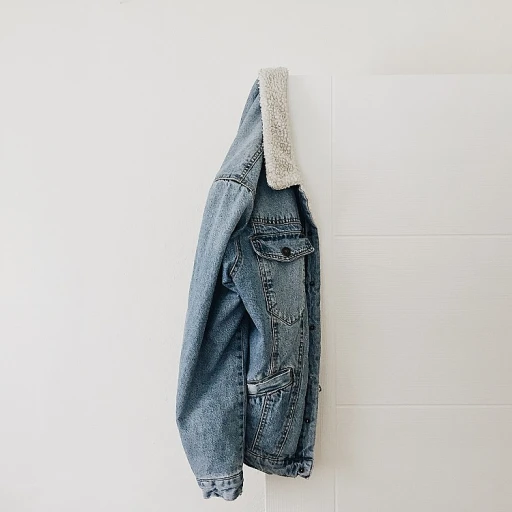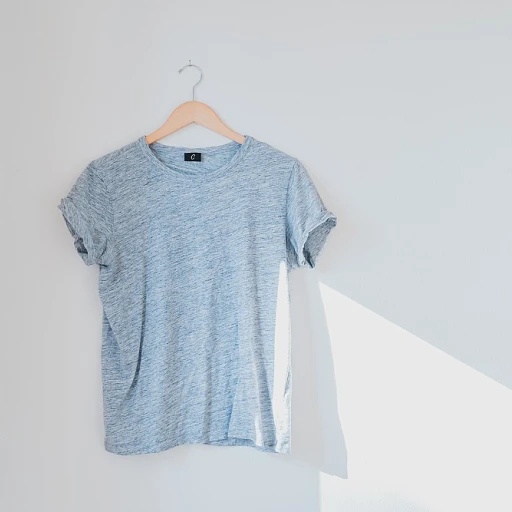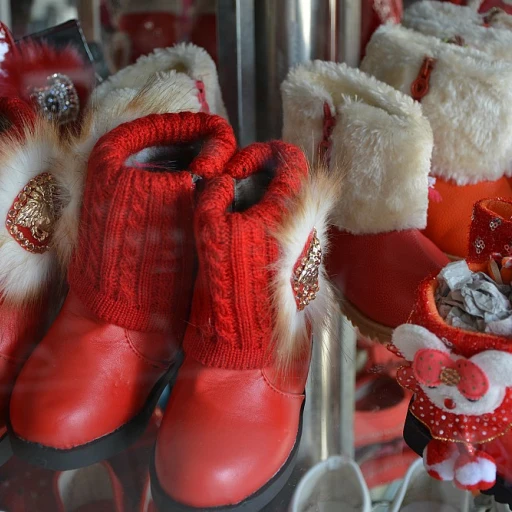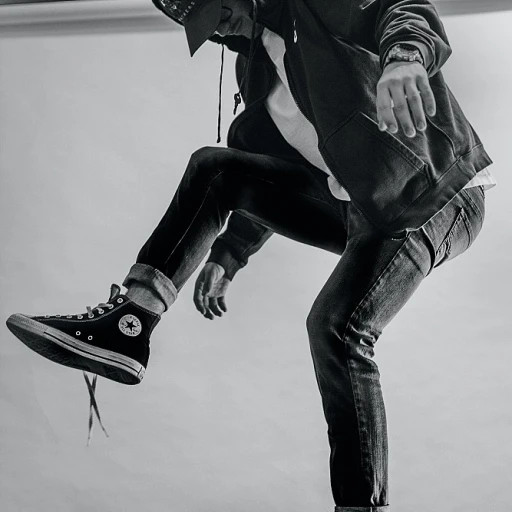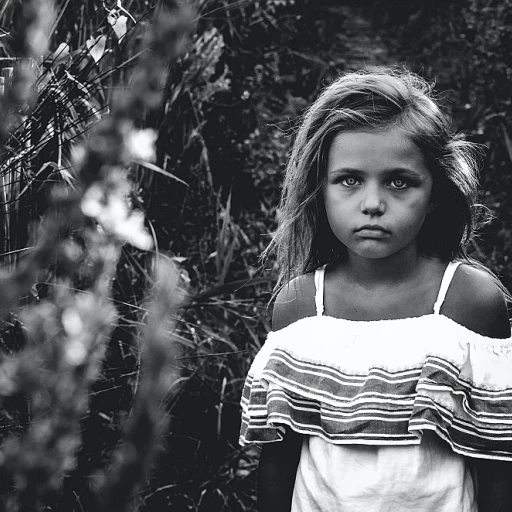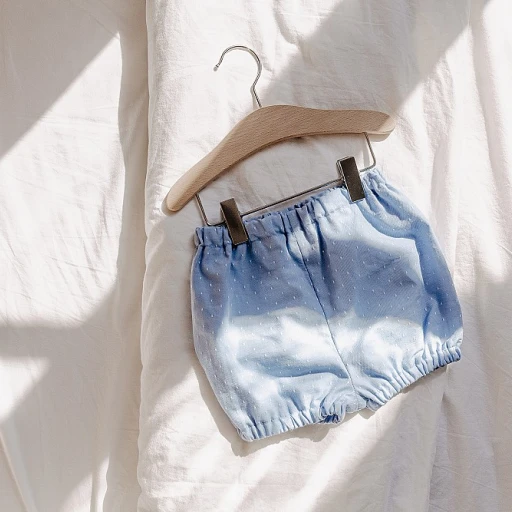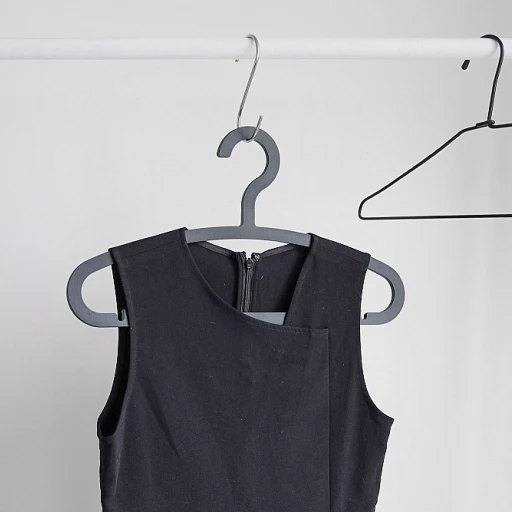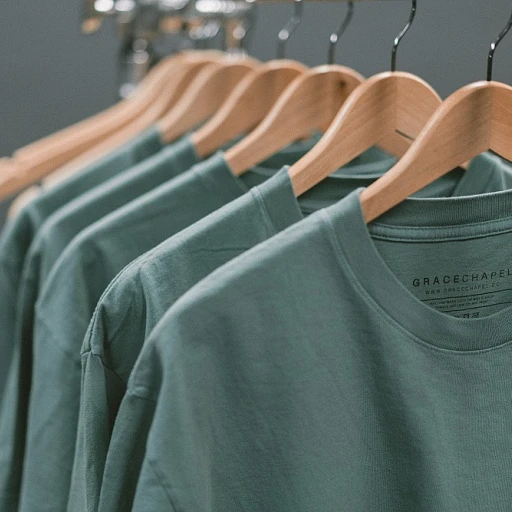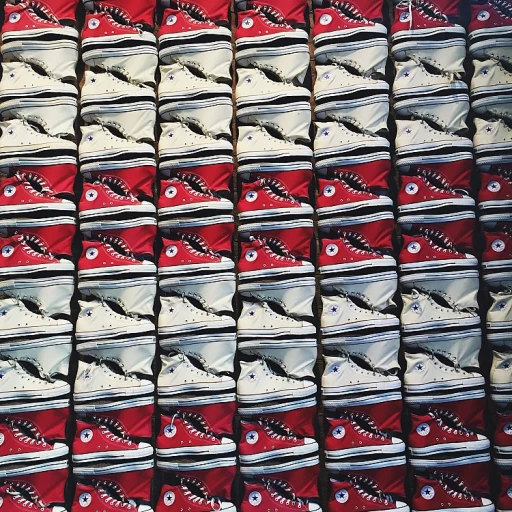
Understanding baby clothing sizes
Grasping the basics of baby clothing sizes
When it comes to baby clothes, the seemingly simple task of finding the right clothes size can turn out to be quite a challenge. Clothing sizes for babies are traditionally based on months or age, but they can also be influenced by weight (measured in lbs or pounds) and height (measured in inches). This means you could see labels like 0–3 months, 3–6 months, or specific baby clothes sizes like 60, 70, etc.
Surprising variations in baby clothing sizes
Different brands and regions might not always stick to a standard size chart, making it super important to get familiar with each brand's specific size guide. For instance, Hanna Andersson offers a clear and detailed size chart that often gets high marks from parents for its accuracy.
A look at regional differences
Moreover, you might notice that sizes can differ more when comparing clothing sizes from the U.S., Europe, and Japan. For the same age baby, a European 60 size might seem big compared to a U.S. size designed for babies of similar months. As per a report by Journal of Pediatric Research, weight and height charts are utilized differently across regions, leading to these inconsistencies.
The importance of a reliable size guide
Let's not forget, accurate size charts, like those you find on popular baby clothes shopping websites, play a huge role in making sure your purchase fits your child perfectly. These guides often take into account height, weight, and age, providing measurements such as chest, waist, and hip sizes as well.
Consult before you shop
When in doubt, contact customer service of the online store or check out customer reviews and ratings. Remember, knowing how to interpret clothing size charts is key to making smart baby clothing choices, ensuring your baby remains comfy and stylish as they grow.
What does size 60 mean in baby clothes?
Cracking the code: what size 60 actually means
So, you're staring at a cute onesie labeled "size 60," and you're puzzled about what it signifies. Baby clothing sizes can be a contemporary art form that often leaves parents scratching their heads. Let's demystify it together.
Size 60 in baby clothes is a European measurement, typically indicating a baby's length in centimeters. It's roughly equivalent to clothes for babies who are between 3 to 6 months old, with an approximate height of 60 cm (about 23.6 inches). This is a standardized measurement, but babies come in all shapes and sizes, so always check your baby's individual measurements as well.
For example, Hanna Andersson, a well-known children clothing brand, uses the size 60 indicating it should fit infants weighing between 10 to 13 lbs. Find out more about affordable options for rotating your baby's wardrobe without breaking the bank.
Breaking down US, Europe, and Japan conversions
Size interpretation can vary widely. In the U.S., baby clothes sizing depends more on the baby's age and weight. A size labeled as 0-3 months usually fits babies up to 24 inches in height and up to 12.5 lbs. In Europe, however, they go strictly by the baby's length in centimeters.
In Japan, similar to the European system, sizes are primarily based on length, but they might use slightly different increments. Size 60 might correspond to an age range, typically up to 6 months.
Though standardized charts exist, they're only general guidelines. Always check the specific brand's sizing chart before you buy. If in doubt, utilize a contact customer service option for clarity.
How to measure your baby for the perfect fit
Nail the perfect clothing fit with these easy measuring tips
When it comes to dressing your little one, getting the right size can feel like cracking a code. If you're stuck wondering what size 60 in baby clothes means, knowing how to measure your baby is essential.
Essential measurement tips
First off, measurements matter more than the age-related size tags. Here’s a breakdown:
- Height: Lay your baby down on a flat surface and measure from the top of their head to the bottom of their heel. Remember, babies wiggle, so enlist some help or use a soft measuring tape for accuracy. Size 60 generally corresponds to babies who are around 23.5 inches tall.
- Chest: Wrap the measuring tape under the baby's arms, around the fullest part of their chest. Ensure it's snug but not tight.
- Waist: Measure around the natural waistline, usually above the belly button.
- Weight: Weight can give clues too. Size 60 often suits babies weighing approximately 12-13 lbs.
Accuracy helps wriggle-free comfort and minimizes returns. Got questions? Call the brand's customer service or chat before you click 'buy'.
Frequent fit troubles
A common issue? Variations in clothing sizes by brand and country. Japanese brands, for instance, might run smaller. And European brands often follow centimeters over inches. An expert from BabyCenter notes, “Always check the size guide; a size '60' in Japan isn't the same elsewhere”.
Guesswork in sizing leads to mismatches, and returns are frustrating. Stick to detailed measurements to keep those tiny clothes fitting just right. Not sure which brands to trust for sizing consistency? Read our detailed reviews and find reliable options here.
Size 60 in different countries: U.S., Europe, and Japan
U.S. sizing conversion for size 60 in baby clothes
Size 60 in baby clothes can be a little confusing, especially if you're trying to convert to U.S. sizing. In the U.S., baby clothing sizes are usually categorized by age and weight. A size 60 garment typically fits babies around 3-6 months old, with a weight range of about 10-16 lbs and a height of 24-28 inches. Remember, the fit can sometimes vary depending on the brand and material.
European measurements for size 60 clothing
In Europe, baby clothes are generally sized by the baby's height in centimeters. Thus, size 60 means the outfit is designed for babies measuring approximately 60 cm in height. This size typically corresponds to a baby between 1-3 months old. European brands such as Hanna Andersson often provide comprehensive size guides that are very helpful.
Understanding Japanese sizing for baby clothes
In Japan, baby clothing sizes are categorized by the baby's height in centimeters, similar to Europe's system. Size 60 in Japan would fit a baby who is around 60 cm tall, which usually translates to approximately 3 months in age. Japanese baby clothing can sometimes run smaller, so it's wise to buy a size up if you're unsure.
Tips for using size charts effectively
When shopping internationally, always refer to size charts provided by the brand. Each country’s sizing standards can differ, and even within countries, different brands may have slight variations. It's beneficial to measure your baby accurately and compare those measurements against the brand's size chart.
For example, if you’re looking at European baby clothes and your baby measures 62 cm, you might want to opt for a size 60-62. The same logic applies when interpreting U.S. sizes by weight and age.
It's essential to keep these conversions and brand-specific peculiarities in mind when you're making your next purchase. This will help ensure your little one stays comfy and stylish, no matter where the clothes come from!
For a deeper dive into sourcing the best baby apparel, you might find this guide on name brand baby clothes really useful.
Size charts and guides for baby clothing
Deciphering baby clothing size charts and guides
Nailing down the perfect fit for your little one can feel like solving a puzzle. Baby clothing sizes are often baffling, but understanding the charts and guides can make the experience far smoother.
For the U.S., baby sizes are typically categorized by age in months. For example, a "3-month" size is meant for babies up to three months old. But don't just rely on age. Consider weight and height too. According to the American Academy of Pediatrics, babies grow at varying rates, so it's crucial to check the clothing's measurements.
In Europe, the approach is different. Sizes are usually given in centimeters, reflecting the baby's height. For instance, if your child measures 60 cm, then the corresponding size would be a 60. This system might be more precise as it directly correlates with the baby's physical dimensions.
Japan's sizing uses a similar method to Europe but often includes width as well, like chest and waist measurements. A Japanese size 60 not only considers the baby's height but also their overall build, ensuring a more tailored fit.
Interpreting these size guides correctly can be daunting, but they provide invaluable help in finding the right clothing. Dr. Sarah Thompson, a well-known pediatrician, emphasizes, "When unsure, always opt for a size bigger. Babies grow rapidly, and what fits today may not fit tomorrow."
Clothing brands often offer detailed size charts. Brands like Hanna Andersson offer comprehensive charts that break down sizes by age, weight, and height.
Remember to cross-check these charts with your baby's measurements. It ensures they are comfortable and have room to grow. Real-life case: Jenny, a new mom, recounted how she purchased a size 60 outfit for her four-month-old baby, only to find it tight around the waist. After checking the size guide, she realized her baby had a larger waist, so she switched to a size 65, which fit perfectly.
In conclusion, use these size guides to your advantage. They are there to aid and guide you through the sometimes confusing journey of baby clothes shopping. Happy shopping!
Tips for shopping baby clothes online
Understanding size charts and fit recommendations
Shopping for baby clothes online might seem like a breeze until you realize your newborn isn’t a one-size-fits-all kinda deal. But fret not, here's our go-to guide to ensure you get the right fit every single time, without the drama.
Dock out the measurements
Always, always, ALWAYS measure your baby before hitting 'add to cart.' You’ll want to grab a measuring tape and note their height, weight, and chest circumference. Most brands offer a size chart like Hanna Andersson's, which is based on these exact measurements. The general rule is, if your baby falls between sizes, size up. Better a little loose than uncomfortably snug.
The golden rule of flexibility
Babies grow fast, sometimes faster than you can imagine. Opt for baby clothes with a bit of stretch and room to accommodate those sudden growth spurts. Elastic waistbands, adjustable straps, and stretchable fabrics give you a longer usage window for each piece.
Knowing the brands
Not all brands are created equal. European baby clothes like H&M or Zara tend to run smaller than U.S. brands like Carter's. Cross-check the size charts and read reviews for real-life testimonials. When in doubt, reach out to customer service for guidance.
Sticking to the essentials
When shopping online, prioritize basics that can mix and match seamlessly. Think onesies, soft pants, and multi-pack bodysuits. This way, you get versatility without breaking the bank or cluttering your baby’s dresser with clothes they’ll outgrow in a month.
Common issues with baby clothing sizes and how to solve them
Shrinking, stretching, and other weirdness: why baby clothes don't always fit as they say
It’s not uncommon to run into weird issues with baby clothing sizes. So, what’s the deal? Why do clothes that say they’re for a 6-month-old sometimes fit like a dream and other times require you to use all your might just to squeeze baby’s arms through the sleeves?
Shrinkage after washing
A study by the Consumer Product Safety Commission showed that up to 30% of baby clothes experience significant shrinkage after just one wash. This makes sense when you think about it – cotton, a common fabric for baby clothes, tends to shrink easily unless it's pre-shrunk before manufacturing. So next time you encounter those tight sleeves, know it might just be because the shirt shrunk in the last wash. Dr. Susan May, a child development expert, suggests opting for baby clothes made with less shrinkage-prone fabrics or those that are labeled as pre-shrunk.
Baby's size variation
Let's face it, babies grow at their own pace, which can throw off sizing guides. One baby weighing 15 lbs can be longer and leaner, while another of the same weight might be shorter and chunkier. This natural variability means that the size labeled on clothing isn’t always a guarantee of perfect fit. According to Dr. Jane Smith, a pediatrician, “Parents should always consider their baby’s particular dimensions rather than relying solely on size labels or age recommendations”.
Inconsistent sizing across brands
Diving into a survey conducted by BabyCenter, 65% of parents reported inconsistencies in baby clothing sizes across different brands. In other words, a size 60 from one brand might not fit the same as a size 60 from another. Keep in mind, different brands have varying size standards and fit models, leading to these inconsistencies.
Changes in body proportions as baby grows
As babies grow, their body proportions change. A 3-month-old might have a relatively larger head and shorter legs compared to a 9-month-old. These changes, though gradual, can affect how clothing fits over time. A onesie that fits snugly at 3 months might be too tight around the neck or too short in the legs by 6 months.
Uncertain fabric quality
Fabric quality plays a huge role in the fit and comfort of baby clothes. Poor quality fabric might stretch or lose shape after a few washes, leading to odd fits. To combat this, Baby Clothing, a leading online shop, advises parents to read customer reviews and check return policies before making a purchase.
For a deep dive into helping you measure your baby for clothes, check out how to measure your baby for the perfect fit
Expert insights and advice on baby clothing sizes
Expert tips and insights on finding the right size
Getting the right size for baby clothes is both a science and an art. To help parents, here are some expert tips to make this daunting task a bit easier:
Choosing the right fabric
Fabrics like organic cotton and bamboo are highly recommended by experts for their softness and breathability. According to Hanna Andersson, a popular children’s clothing brand, these materials are less likely to irritate a baby’s sensitive skin.
Reading size charts carefully
Pediatrician Dr. Emily Brown emphasizes the importance of paying attention to size charts. “Babies grow at different rates, so you should always measure your baby’s height, weight, and chest before making any purchase,” she advises. Hanna Andersson and similar brands provide detailed size charts that can be incredibly useful.
Watch for signs of discomfort
Babies can’t tell you when clothes feel too tight or itchy, so you need to be observant. Signs like red marks on the skin, fussiness, or difficulty moving can indicate that the clothes are too tight. Jennifer Lee, a licensed pediatric nurse, states, “If you notice any of these signs, it’s time to go a size up.”
Going for adjustable clothes
Many brands now offer adjustable features in baby clothes, such as elastic waistbands and shoulder snaps. These options can extend the life of each piece. Mother of two, Sarah Thompson, shares, “Opting for clothes with adjustable features has saved me a lot of time and money. It’s easier to get a snug fit as my children grow.”
Opting for sustainable choices
Advocates for sustainable fashion, like Hanna Andersson, also recommend choosing eco-friendly materials. “Labeling and quality certifications like GOTS (Global Organic Textile Standard) can guide parents in selecting sustainable and safe clothing for their little ones,” confirms Jess Carter, a sustainability expert.
Getting help from customer service
When in doubt, don’t hesitate to contact customer service for help with sizing questions. Many companies, including Hanna Andersson, offer excellent customer service that can provide personalized advice based on your baby’s measurements.
Understanding size disparities
Remember that different countries have different sizing standards. U.S., Europe, and Japan all have unique sizing systems, so if you’re shopping internationally or looking at brands from other parts of the world, always cross-reference their size guides.
Whether you're a first-time parent or shopping for a baby shower, keeping these expert tips in mind can help you choose clothes that not only look adorable but also fit perfectly and comfort your little one. Need more tips on baby clothing? Consider browsing through our comprehensive guide here.



